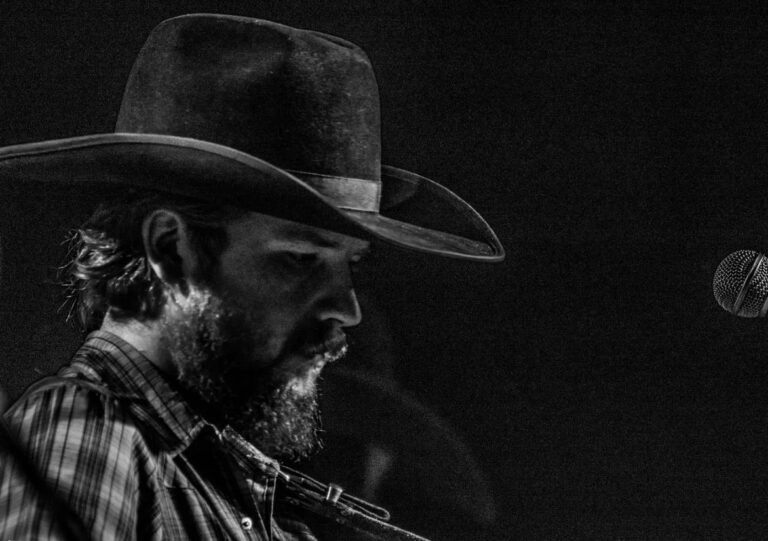Suzanne Vega ‘Small Blue Thing’
Master of Becoming the Other!
Becoming the other is a true form of transformation. Not only is Suzanne Vega’s ‘Small Blue Thing’ one of my favorite songs, it is the master class for songwriters who want to write from the perspective of someone – or something – else. I first heard it in 1985 playing through the mid-quality speakers of a boom box in a small record store. It was on her debut album.
I stayed until the last song, bought the cassette tape, and didn’t remove it from my car stereo for at least 6 months (yes . . . I made cassette copies for in-home use and friends – but we were allowed to do it back then – different times).
While the entire album should be something studied for its exceptional use of metaphor, imagery, and poetics, ‘Small Blue Thing’ is one of the greatest examples of how to eloquently “become the other.”
What Is “Becoming The Other”?
In short, it’s seeing something from a perspective other than yourself – so completely – you gain a perspective and insight you likely wouldn’t have gained without the transformation. While a poem has open lineage to reach this goal, a four minute song is a monumental challenge.
It all has to start with a great beginning.
Suzanne Vega “Small Blue Thing”
Let’s take a look at the lyric and see how the song starts, and more importantly, if the simile breaks down during the song.
“Today I am a small blue thing, like a marble or an eye.“
The imagery of a “small blue thing” being “like” something else indicates the use of a simile, and in using the simile gives us a sense of how the speaker feels about themself . . . small, lost, or maybe unsure indicated by using the “or” when creating the simile.
“With my knees against my mouth I am perfectly round, I am watching you.” Still ties to the simile originally described. Now I’m thinking it might be a small child seated on the floor with their knees pulled to their chin. The imagery is helping set the scene.
The chorus is key, because she maintains the imagery created with the simile. This is extremely difficult to do. By attempting to tie a real character (girl/speaker) to an inanimate object (marble) you risk the song becoming comic because the simile is being stretched beyond realism.
For example, “I’m like a bird, I’ll only fly away. I don’t know where my soul is, I don’t know where my home is.” Birds probably don’t have a soul, and if they did, they’d probably have an idea of where it was, and birds do tend to know where their home is – sorry – it’s my favorite example of a bad simile.
Suzanne Vega however, never allows this sort of “Really?” moment to happen – making her one of the greatest songwriters on the planet (Janet).
How It’s Done
CHORUS
[1] I am cold against your skin. You are perfectly reflected.
[2] I am lost inside your pocket. I am lost against your fingers.
[3] I am falling down the stairs. I am skipping on the sidewalk
[4] I am thrown against the sky – I am raining down in pieces
[5] I am scattering like light, scattering like light, scattering like light
In Summary
Suzanne Vega’s ‘Small Blue Thing’ – masterful use of language, imagery and specifically similes are the key to creating a believable song. If you don’t believe the comparison being made in any line of the chorus – as a listener – you’re out. And, even in line 5 when another simile shows up, you trust it rings true, because of the credibility built up earlier in the lyric.
One other device used in the song that goes almost unnoticed – the timeframe. The song takes place in a specific time (“Today”) and scene (the speaker caught in a single snapshot moment of the day).
Amazingly, it never strays from those constraints – equally amazing – it never has to.
